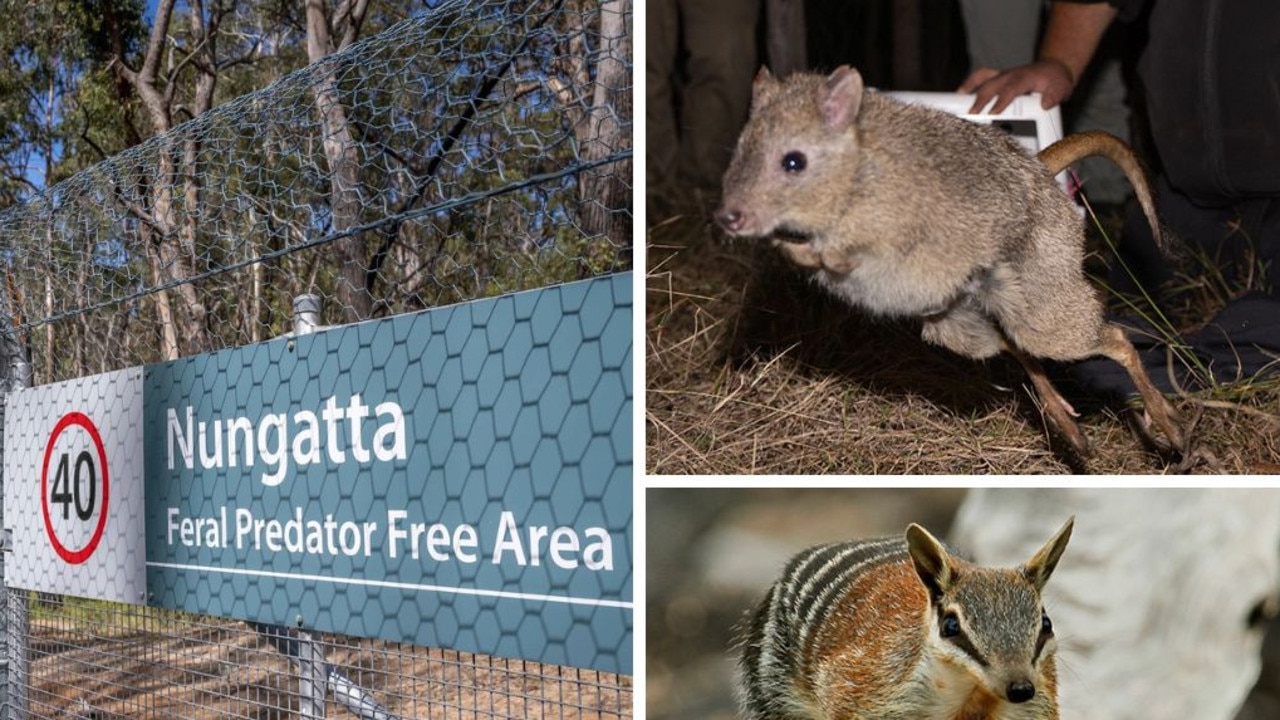Western Sydney International Airport’s new flight paths revealed ahead of 2026 opening
The new and improved flight paths for the state’s next international airport have been authorised following a two-year process.
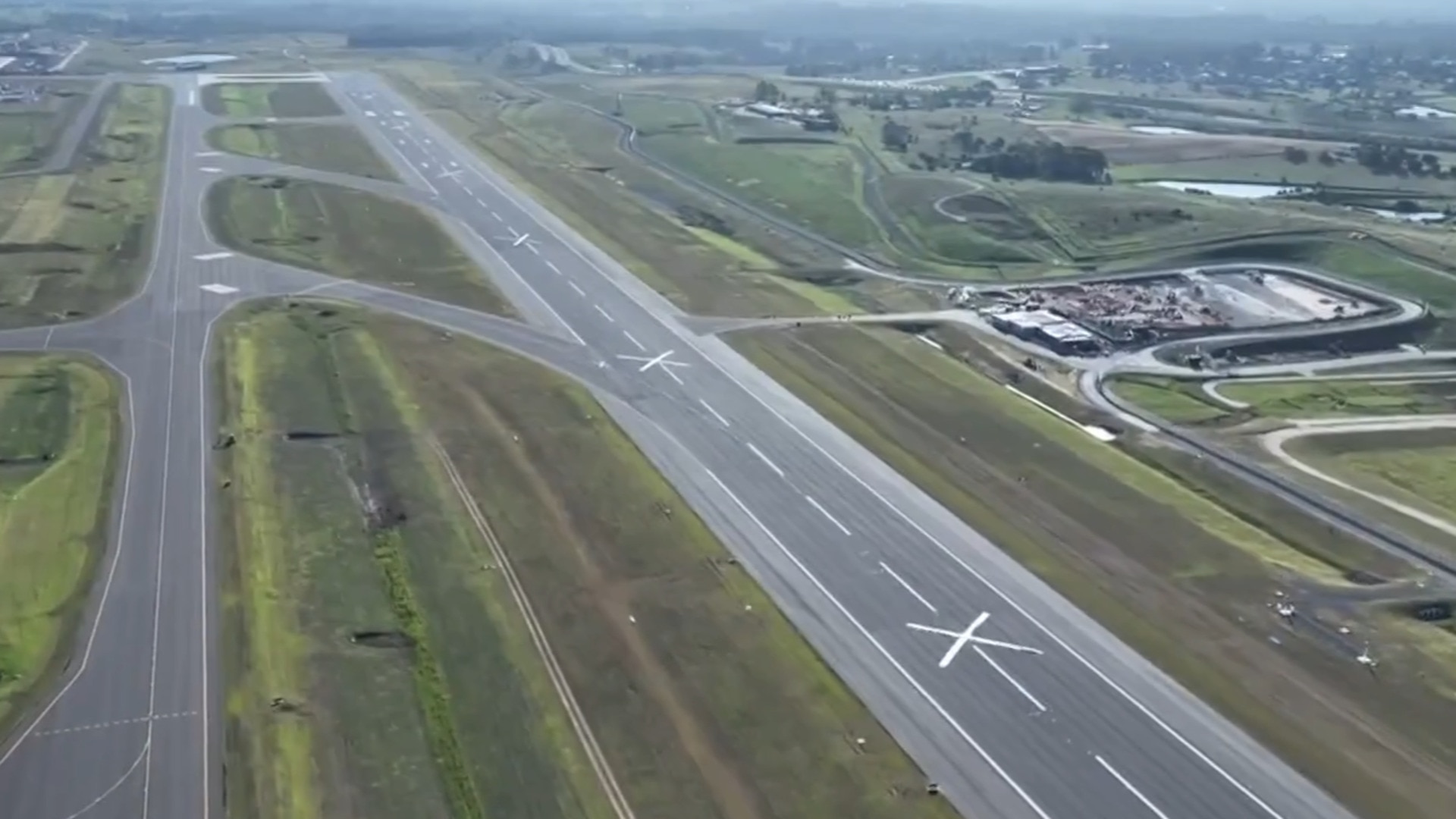
The new flight paths have been finalised for travellers looking to take to the skies from Sydney’s new international airport.
A slate of changes has been made to the routes, which were revealed on Wednesday, following two years of planning and community consultation.
Those living in the Blue Mountains and Wallacia areas are set to benefit from the changes, spared from overnight noise – the authorisation labelled a “crucial step” to the opening of the Western Sydney International Airport in late 2026.
“We’ve learnt lessons from other airports, which is why I have imposed a number of additional conditions that will reduce our aircraft noise,” Infrastructure and Transport Minister Catherine King said.

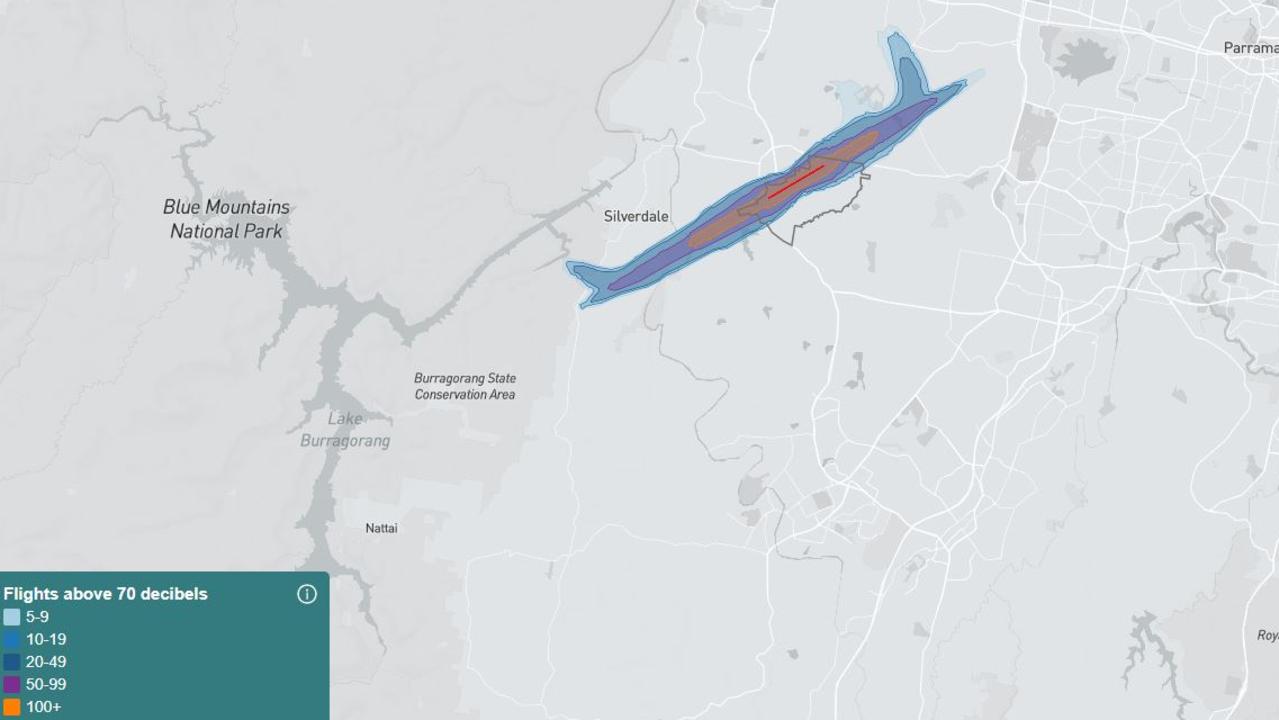
“Can I say that there will be no noise for anyone? I can’t say that because that’s the very nature of operating an airport is that you have planes, and planes do make noise.”
The initial flight paths were revealed in 2023 followed by a final environmental impact statement in 2024.
Five changes were made to help minimise aircraft noise following feedback from the community, Ms King said.
Four of those were to do with night-time operations.
“Most notably, I’ll be issuing a ministerial direction to Airservices Australia to make reciprocal runway operations the default operating mode at night, including the use of a specific noise abatement procedure, when both are safe to do so,” she added.
Reciprocal runway operations (RRO) involve planes taking off and landing in the same direction – in this case, the southwest – but at opposite ends of the runway.
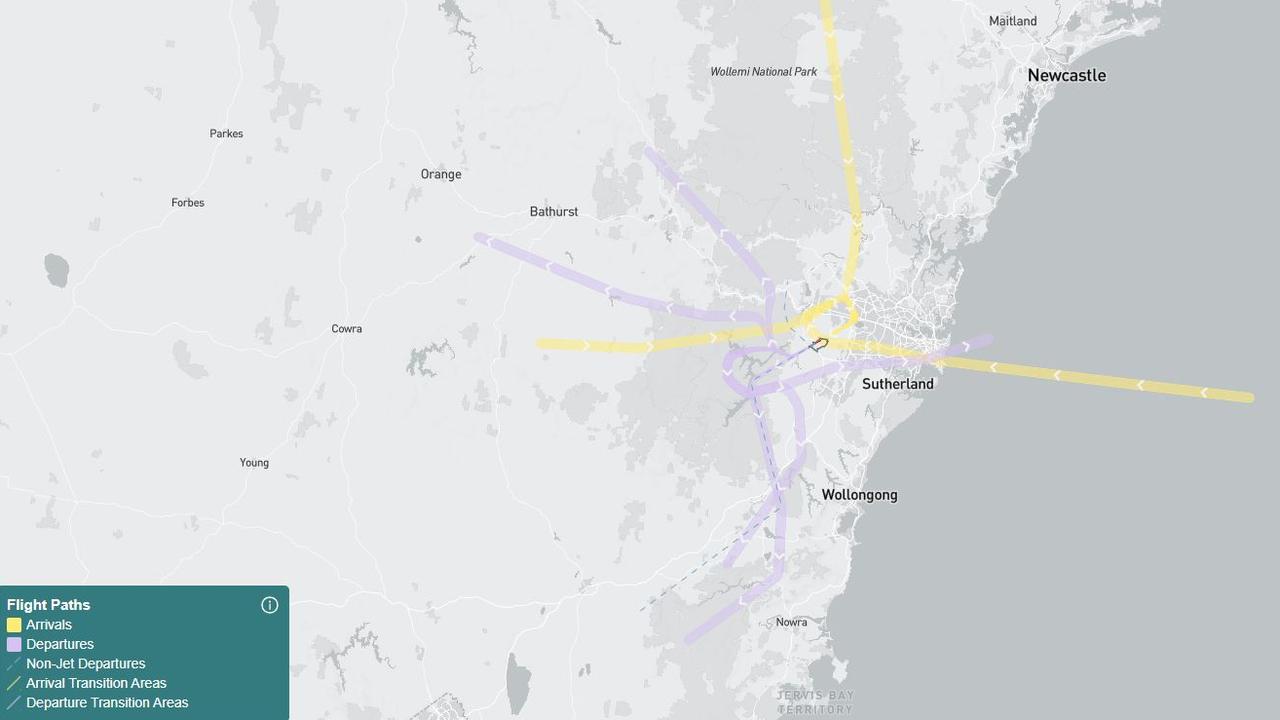
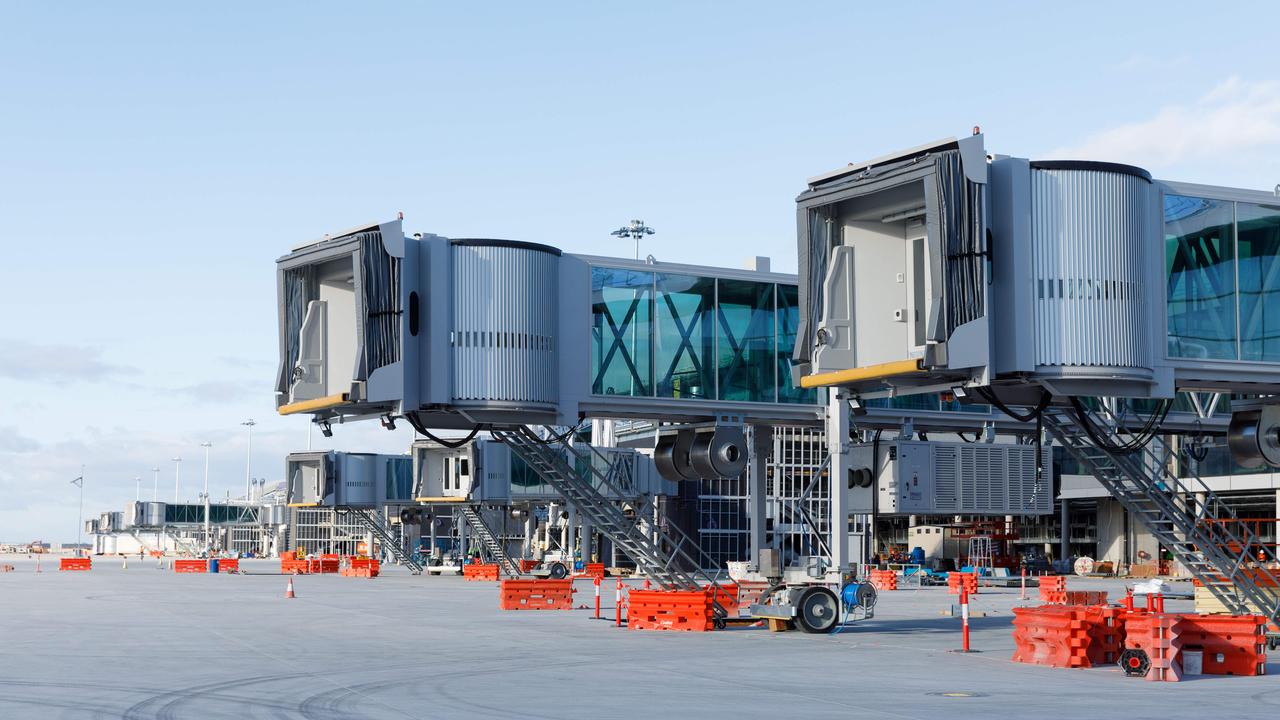
This aims to minimise the impact of noise on the most heavily populated areas of Western Sydney, the Blue Mountains and Wallacia.
Other changes included the removal of the “Runway 23 Northeast Night (RRO)” flight path and reallocating aircraft to a southeastern flight path, The Sydney Morning Herald reported.
A recommendation for the creation of an environmental monitoring program to oversee the impacts of aircraft noise within and adjacent to the Greater Blue Mountains area was also made.
More Coverage
The airport is expected to accommodate 10 million passengers each year and 81,000 air traffic movements per year by 2033.
The construction of the 3.7km runway has been completed ready for aircraft.
Testing is set to begin.





